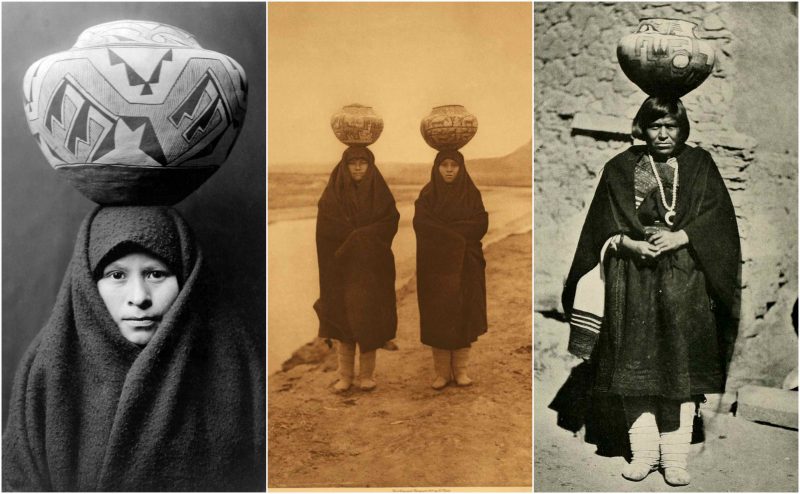The Zuni are a federally recognized Native American tribe, one of the Pueblo peoples. Most live in the Pueblo of Zuni on the Zuni River, a tributary of the Little Colorado River, in western New Mexico, United States.
The Zunis were self-sufficient during the mid-19th century, but faced raiding by the Apaches, Navajos, and Plains Indians. Their reservation was officially recognized by the United States federal government in 1877. Gradually the Zuni farmed less and turned to sheep and cattle herding as a means of economic development.
Frank Hamilton Cushing, a pioneering anthropologist associated with the Smithsonian Institution, lived with the Zuni from 1879 to 1884. He was one of the first participant observers and an ethnologis.
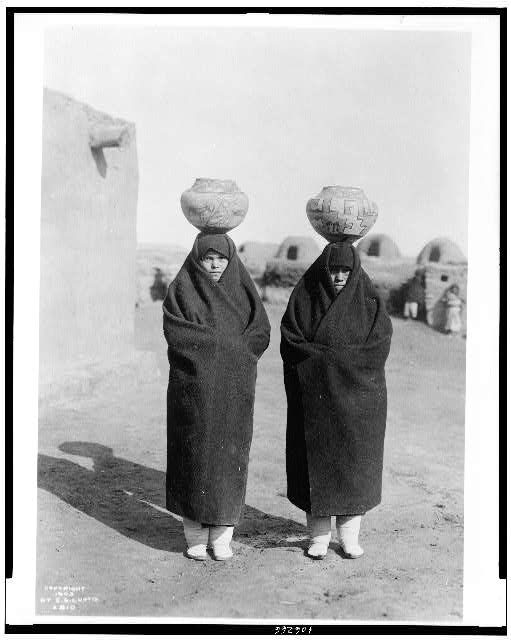
The Zuni were and are a traditional people who live by irrigated agriculture and raising livestock. Their success as a desert agri-economy is due to careful management and conservation of resources, as well as a complex system of community support. Many contemporary Zuni also rely on the sale of traditional arts and crafts. Some Zuni still live in the old-style Pueblos, while others live in modern flat-roofed houses made from adobe and concrete block. Their location is relatively isolated, but they welcome respectful tourists.
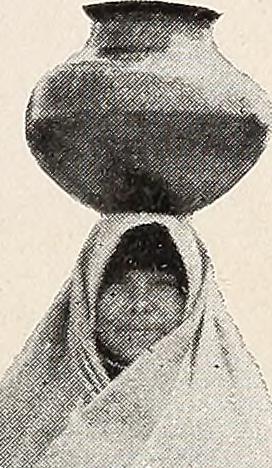
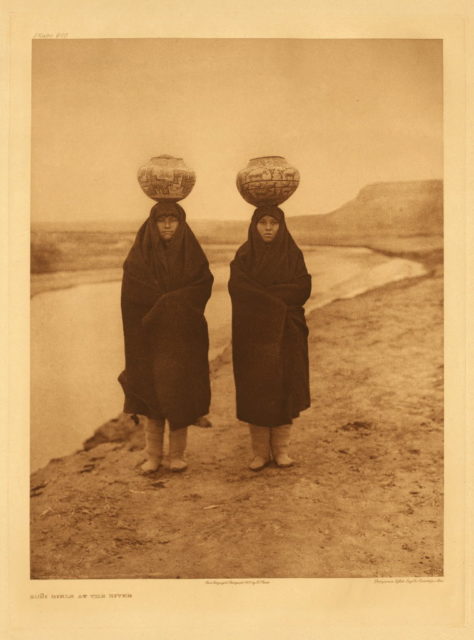
Traditionally, Zuni women made pottery for food and water storage. They used symbols of their clans for designs. Clay for the pottery is sourced locally. Prior to its extraction, the women give thanks to the Earth Mother (Awidelin Tsitda) according to ritual. The clay is ground, and then sifted and mixed with water. After the clay is rolled into a coil and shaped into a vessel or other design, it will be scraped smooth with a scraper. A thin layer of finer clay, called slip, is applied to the surface for extra smoothness and color. The vessel is polished with a stone after it dries.
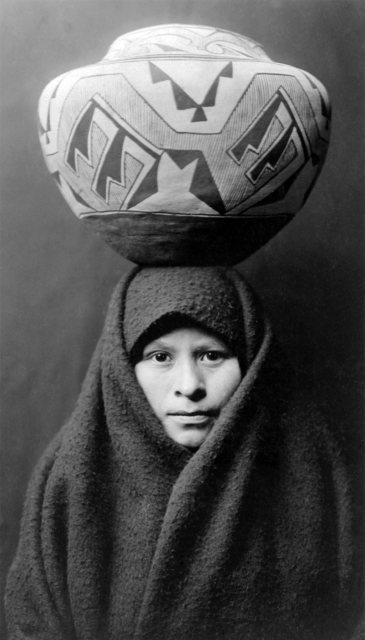
It is painted with home-made organic dyes, using a traditional yucca brush. The intended function of the pottery dictates its shape and images painted on its surface. To fire the pottery, the Zuni used animal dung in traditional kilns. Today Zuni potters might use electric kilns. While the firing of the pottery was usually a community enterprise, silence or communication in low voices was considered essential in order to maintain the original “voice” of the “being” of the clay, and the purpose of the end product.
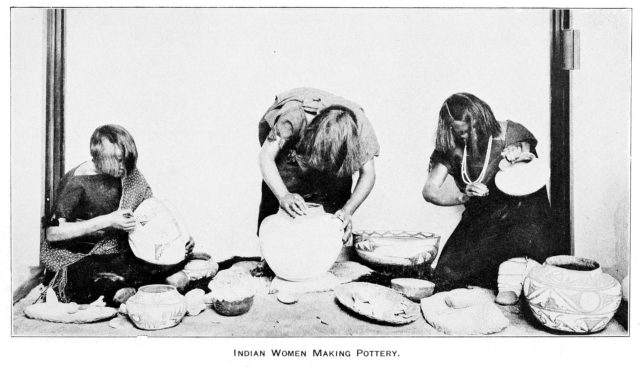
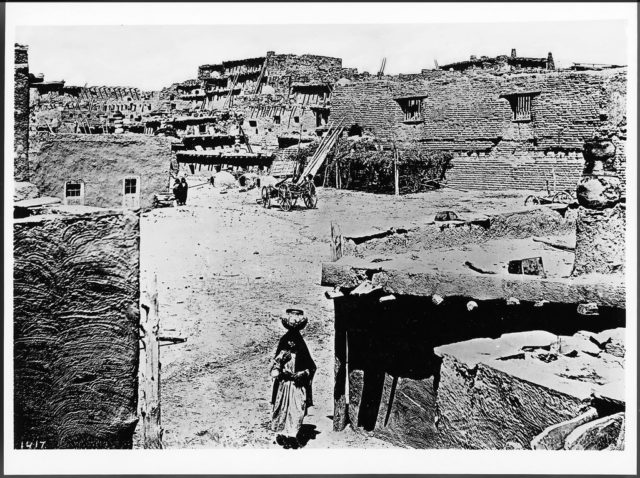
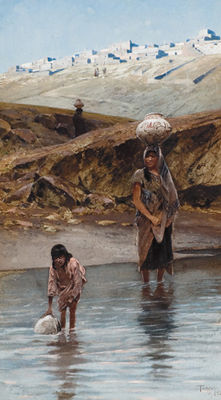
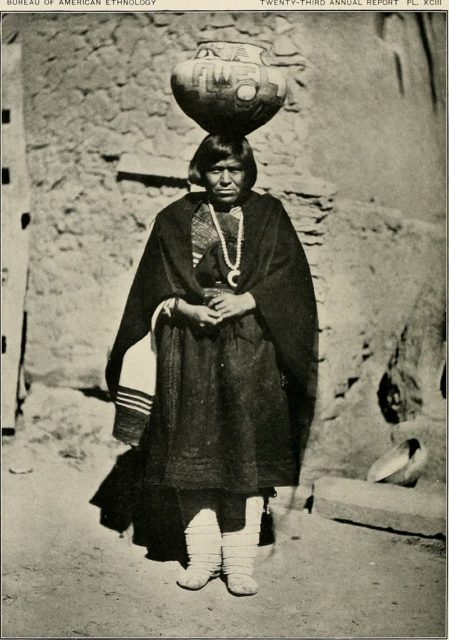
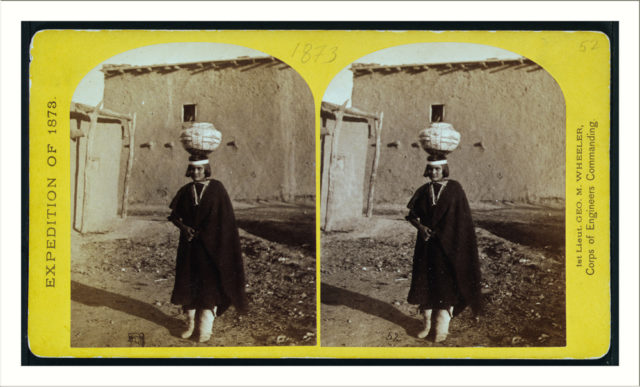
In 2000, 10,228 people were enrolled in the Zuni tribe. According to the 2000 Census, there were approximately 7,790 people in the zip code of the Zuni reservation, with 7,619 living in either the statistical areas of Zuni or Blackrock. Tribal estimates for the entire reservation run from 10,000 to 12,000, with over 80% being Native Americans. Nearly half, or 43.0% of the population, lives below the poverty line as defined by the U.S. income standards. As of 2010, 538 Zuni lived in Arizona.
